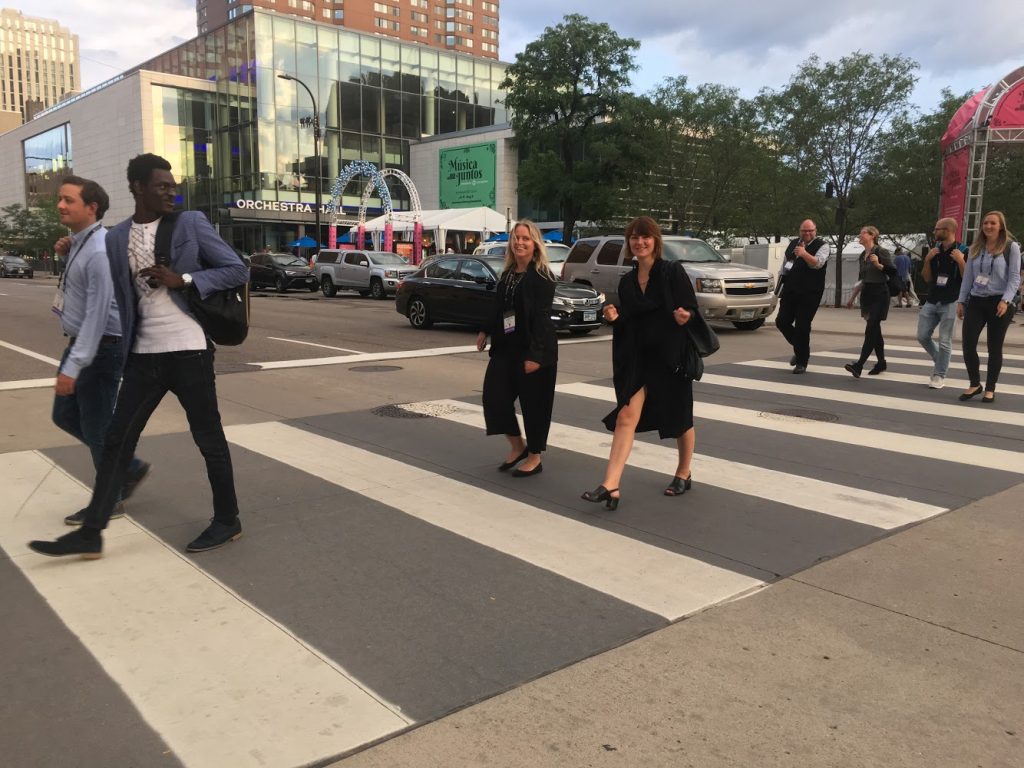Last week the NXT Community was present at former Vice President of the US, Al Gore’s international Climate Reality Project in Minneapolis, USA. We were represented by documentary activist and founder of Other Story, Madeleine Kate McGowan, who was invited to take part in the three day Climate Reality Project Leadership Corps. Here is an extract from her notes on that experience.
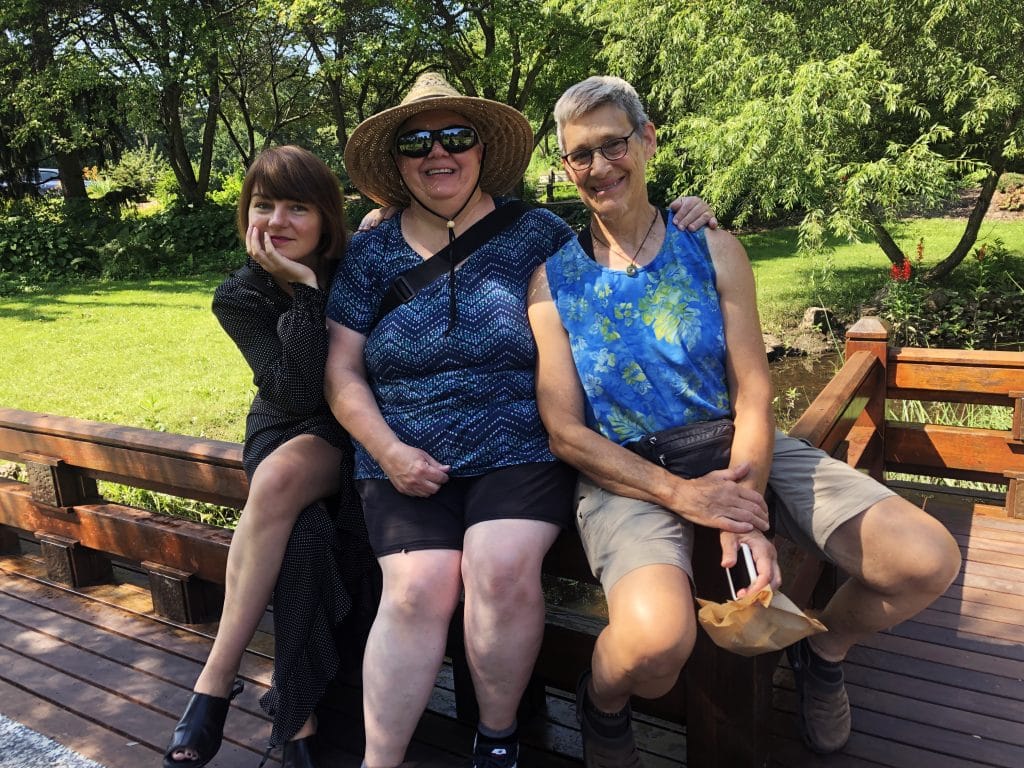
Stepping into the large conference hall, housing climate leaders from all over the world during these first days of August 2019, I was moved by the diversity of the group; all invited by Al Gore and his Climate Reality Project. First my eyes found a young boy in a black bomber jacket. I spoke to him and he told me he was 12 years old and from Tucson, Arizona. I asked him why he was here, and he told me he is from a Native American community, and that water was almost gone from the reservation where he lived with his family. Later I met a man from Germany, grandson of an SS officer. He had experienced a flooding of his house and was now moved to tears when he spoke about his mission to save the world from irreversible climate catastrophe, so he could protect his daughter’s future. A woman shared how she had witnessed fireflies dying and vanishing from her homeland, something which prompted her to take action. There were seniors in wheelchairs, Kim Kardashian’s SoMe advisor, retired journalists, young journalists, tech start-up representatives, guitar players, housewives, Extinction Rebellion activists, teachers, Native women known as ‘water carriers’, artists, storytellers, investors, social justice activists and a former right-wing man, who had a radical shift in his life, and is now determined to facilitate the great shift in culture needed to protect the planet and civilisation. All these different shapes of human in one place, all in their own way burning with the desire to change the course of human history and avoid the disaster of eco-systems collapse.

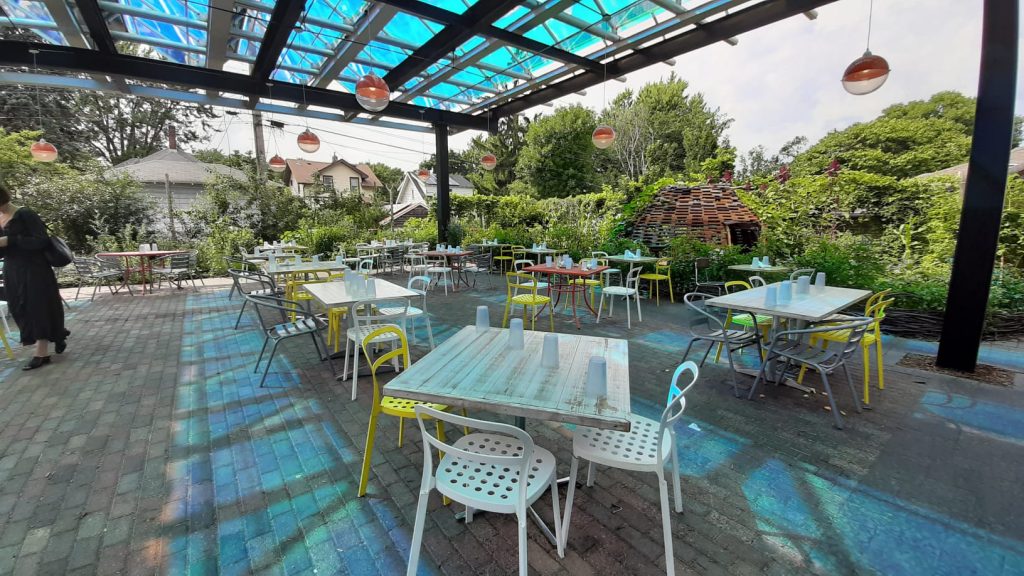
As eco-philosopher Joanna Macy describes it, we now have three main narratives: ‘Business as usual’, ‘The Great Unravelling’ and ‘The Great Turning’. ‘Business as usual’ is what we are living in right now, and this is leading to the escalating climate emergency, ‘The Great Unravelling’. But what we also face is the potential of ‘The Great Turning’ – a fundamental shift in our way of inhabiting the planet, based on the sanctity of life; all life. This is what we have to choose now, to re-connect with our planet, respect the sanctity of life and re-shape our societies in radical ways. Everyone I met at the Climate Reality Project was there in their own way to stop our ‘business as usual’ attitude, take a deep breath and start the Great Turning; together in diversity. This is the true potential here, as I see it, a mass movement across political divides, backgrounds and ages. All united in the Great Turning. A tribe of all colours.
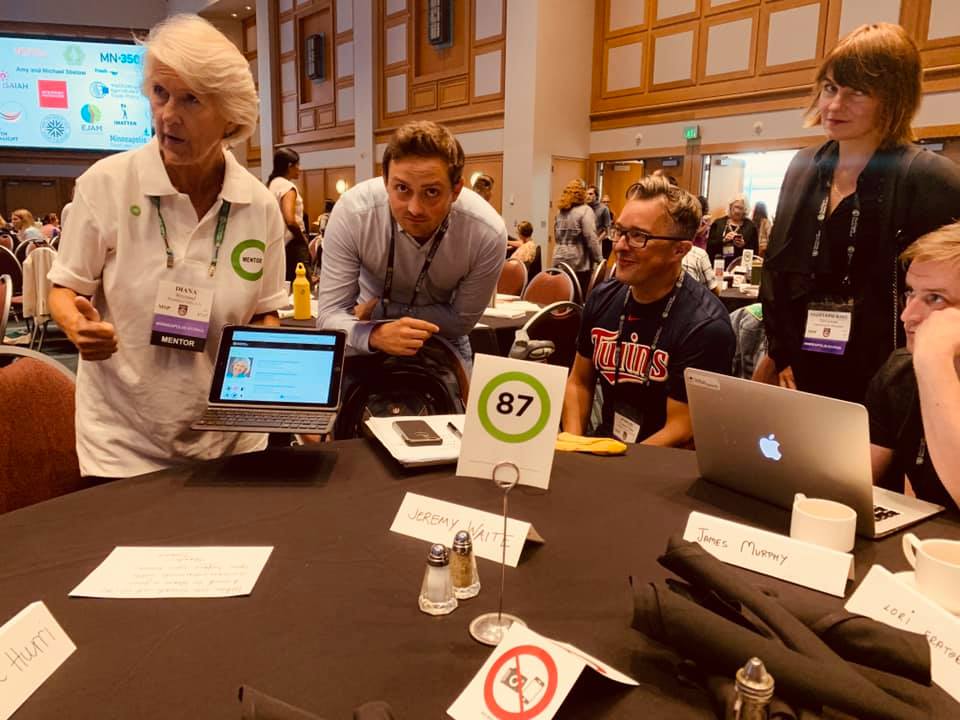

The first speaker on stage was Gerard Clarke, a filmmaker from Port of Spain. Gerard underlined as the first thing, how important it is, that we prioritise artists as a part of this struggle, and not merely tech and policies. Artists are essential in their capacity to touch, move, spark emotion and facilitate envisioning. I was there as a representative of the arts, so this message moved me and I would encourage organisations and representatives to take this seriously. Further on during the training, it was repeated how environmental justice equals social justice. How people who are the first victims of the climate crisis, are typically people of colour and from low-income communities. So at the centre of any serious climate effort there must be a focus on social justice, and that this should stand as a strong central pillar of the work.
In an American context some of the people who are locally affected and part of these communities were in attendance and were sharing how they have experienced climate catastrophes such as storms, contamination and pollution. I realised this is different to the situation in Europe, as most of the victims in the European countries as refugees and asylum seekers from other regions. Typically climate refugees are not present at similar European conferences. I have been to many climate gatherings in Denmark, and this has never been the case, I have never met a climate refugee at any of them. So the questions to ask here are how do we change this? How do we establish a deeper conversation and reflection in Europe? How do we make the social justice struggle central to the European climate movement?
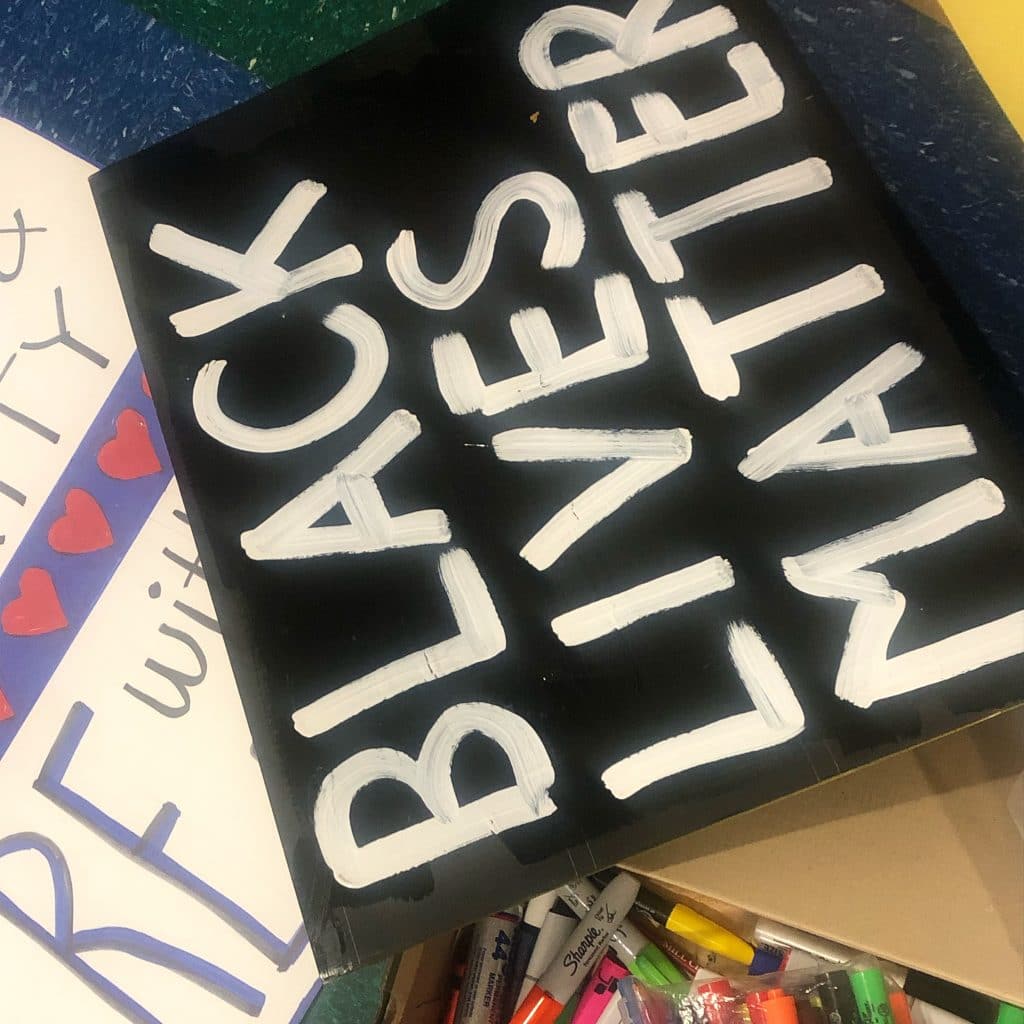
I have never been in a space with so many personal water bottles as there were at the Climate Reality Project. All details were covered. The food was all vegan. No one was trying to sell us anything, no badges, totebags, books or videos anywhere. And with a strong focus on green energy, tech solutions and the potential financial arguments these would bring about. What I did miss was a deeper examination of the cultural shift that needs to happen. Something which is very relevant for artists and the wider cultural sectors. Something else lacking was a reflection on how the economy will move in the future, when the new energy sources are established. How will the new money-flow reflect a central struggle for social justice, and not just repeat the present situation, where few people sit on enormous money reserves.
On day three, New York Times journalist Thomas L. Friedman, spoke on how to cover the climate crisis as a media person. He underlined how we should be ‘mean greens’ and stop the politeness in the international climate community. He also pointed out that people do not listen through their intellect, but through their gut, their emotions. How we as climate communicators need to take this into our strategies. Throughout the conference, there was a high level of attention, concentration and committed exchanges among the attendees. To date 19.800 people all over the world have been trained by the Climate Reality Project and with this gathering the different local communities are definitely strengthened.
